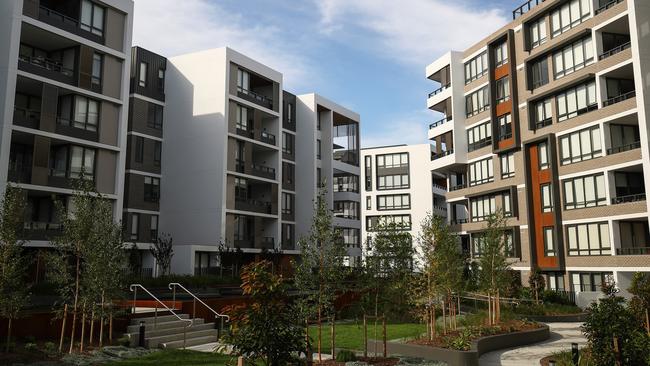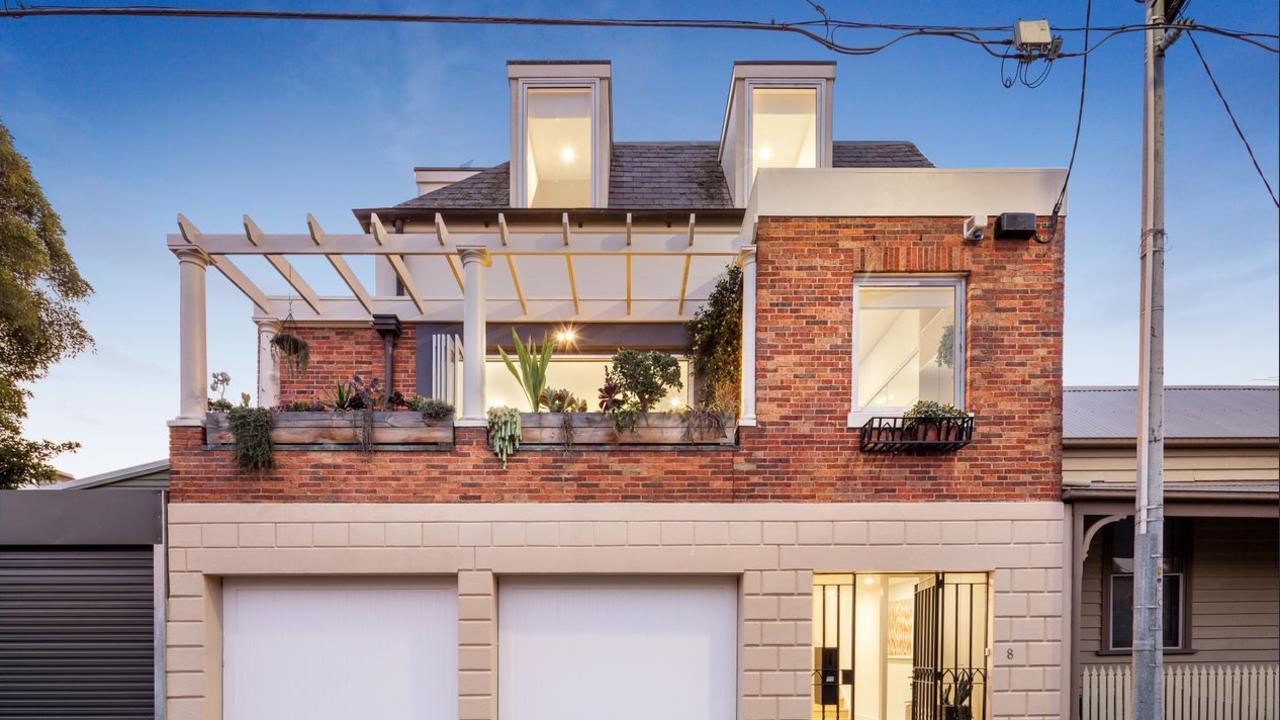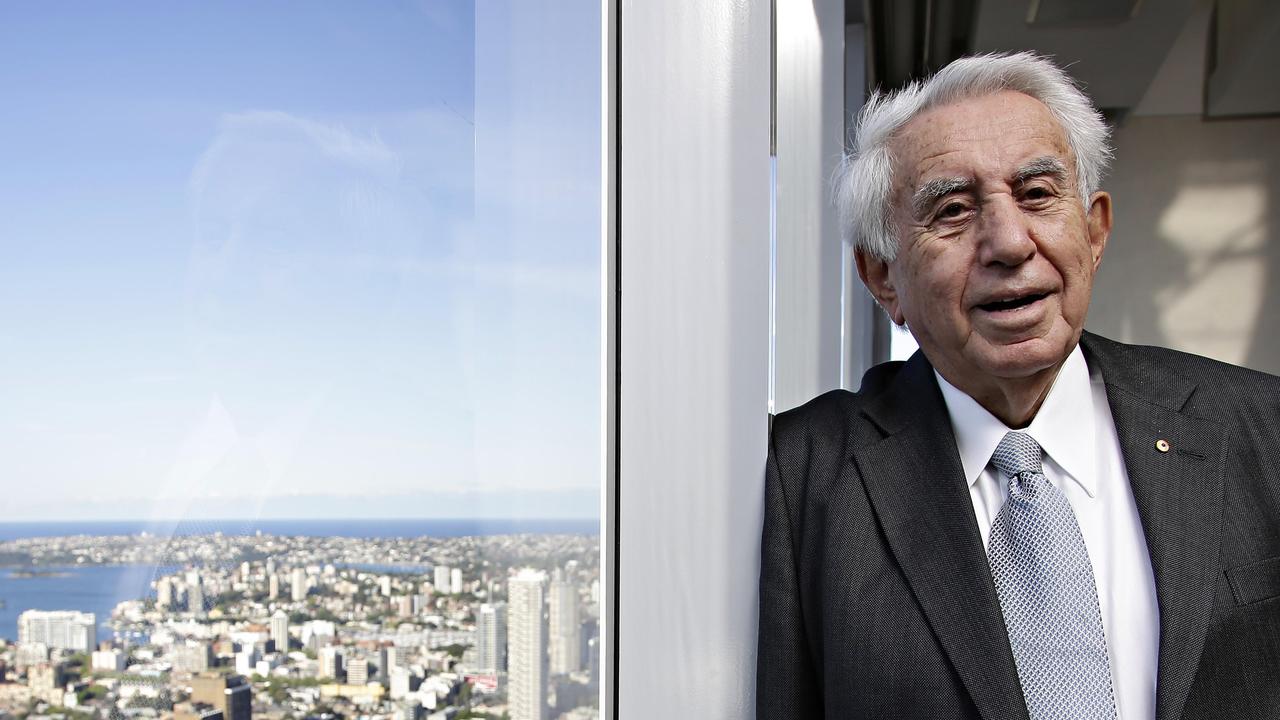Labor tax switch a ‘$1bn-a-year blow to states’
Increasing tax on capital gains, a core Labor policy, would do more harm than good, a new analysis says.

Increasing tax on capital gains, including the sale of investment properties, a core Labor policy, would increase rents, reduce economic growth, and sap state government coffers by $1 billion a year — more than twice the extra tax raised at the federal level — an analysis has found.
The economic analysis of the effect of halving the capital gains tax discount to 25 per cent — a policy Labor plans to take to the election — found this would also increase house prices because the supply of new homes would be lower than otherwise.
Scott Morrison seized on the report last night to remind voters of Labor’s plans to increase taxes by more than $200bn over a decade, including winding back negative gearing and stopping cash refunds for franking credits.
“Yet another independent report has found there will be damaging impacts,” the Treasurer said. “You can’t dump a truck full of taxes on Australians and just expect the economy to wear it.”
The report, commissioned by the Housing Industry Association, found raising capital gains tax would increase federal tax revenues by just under $500 million a year but reduce revenue for state governments by more than $1bn a year, largely as a result of lower stamp duty receipts.
The report, produced by the Centre for International Economics, a private consulting firm, modelled the impact on the economy of four different changes to CGT discount rate, including reducing the discount to 40 per cent, a recommendation of the Henry tax review. The scenario closest to Labor’s policy found GDP growth would be 0.2 percentage points lower permanently, while the number of homes built would be 1.6 per cent lower, equivalent to more than 3400. “The fall in dwelling services could be understood as marginal tenants leaving their own homes and moving back in with their parents,” the study said.
“The CIE also concludes that increasing the tax on investment homes may initially benefit ‘first-home buyers’ but over time this gain will be lost as rental costs rise leading to higher home prices, that will once again force first-home buyers out of the market,” said HIA principal economist Tim Reardon. Real wage growth would fall 0.7 percentage points.
“Increasing the tax on housing will result in less investment in housing, fewer houses being built and inevitably a worsening of the affordability challenge. We cannot tax our way out of the housing affordability problem,” he added.
Labor Treasury spokesman Chris Bowen said the modelling did not reflect Labor’s policy because Labor intended to “grandfather” existing investors from proposed CGT changes, and permit negative gearing only on investment in new properties. “The modelling also concludes that some tenants ‘will switch and become owner-occupiers’ — in other words, increasing home ownership,” he added.
The CIE said grandfathering existing owners would do little to blunt the effects of changing the 50 per cent discount rate for capital gains “because … behavioural changes (would) begin as soon as these individuals understand how the policy change has changed their incentives”.
Labor estimated its changes to capital gains and negative gearing would raise $32bn over a decade. The CIE study found federal tax receipts would rise by $483m while state governments would lose more than $1bn in revenue including $768m in stamp duty.





To join the conversation, please log in. Don't have an account? Register
Join the conversation, you are commenting as Logout